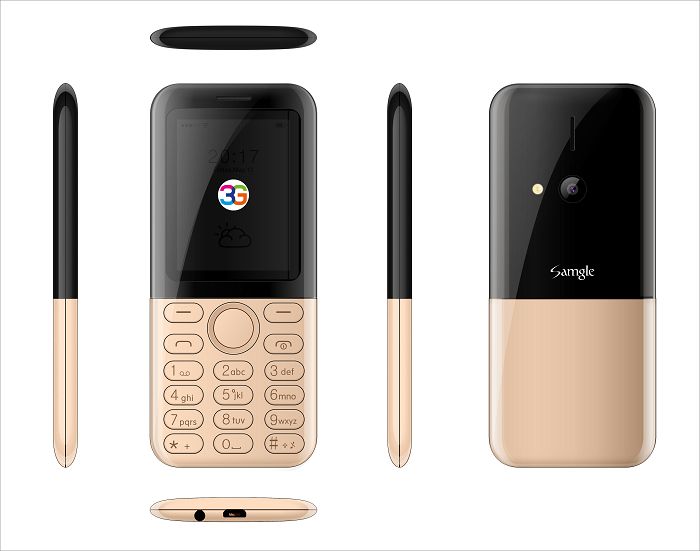
3310X 3G Senior Phone
-
Min Order
1
-
Product Unit
Pieces
-
Origin
China Mainland
-
Payment


- Contact Now Start Order
- Favorites Share
- Description
Product Detail
One of the biggest advantages of both the Samgle 3310 X is their screen. It's 3D screen 2.4 display.
Samgle 3G 3310 X comes in 4 color variants, Black, Red, Blue, Gold
Tip:
Unlocked for Worldwide use. Please ensure local area network is compatible. click here for Network Frequency of your country. Please check with your carrier/provider before purchasing this item.
Samgle 3310 X 3G Unlocked Phone Bluetooth Dual SIM 0.08MP Camera 3D Screen
Main Features:
Back Camera: 0.08MP ( SW 2.0MP )
Display: 2.4 inch screen
Dual SIM Dual Standby: dual standard SIM
RAM + ROM: 64MB RAM + 128MB ROM
Battery: 850mAh li-ion battery
Bluetooth: V2.1 + EDR
Networks:
2G: GSM 850/900/1800/1900MHz
3G: WCDMA 900/2100MHz
Specification
Basic Information | Brand: Samgle |
Network | Network type: GSM+WCDMA |
Display | Screen type: Capacitive |
Camera | Camera type: Single camera |
Connectivity | SIM Card Slot: Dual SIM, Dual Standby |
Media Formats | Music format: AMR, MP2, MP3, WAV |
Languages | Languages: English, Espanol, Portuguese, Italian, German, French, Russian, Arabic, Poland, Dutch, Bahasa Melayu, Chinese, Hindi, Tamil, Thai, Myanmar |
Additional Features | Additional Features: Alarm, Bluetooth, Calculator, Calendar, FM, MP3, MP4, Sound Recorder, Wi-Fi |
Package Contents | Cell Phone: 1 |
Dimensions | Product size: 12.70 x 5.50 x 1.50 cm / 5 x 2.17 x 0.59 inches |
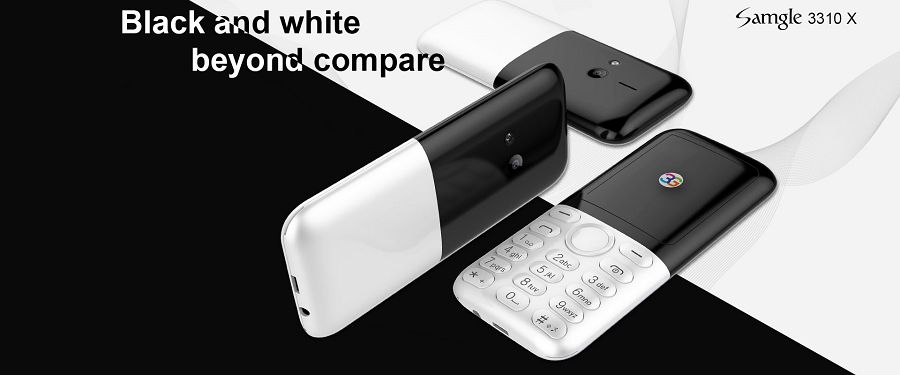
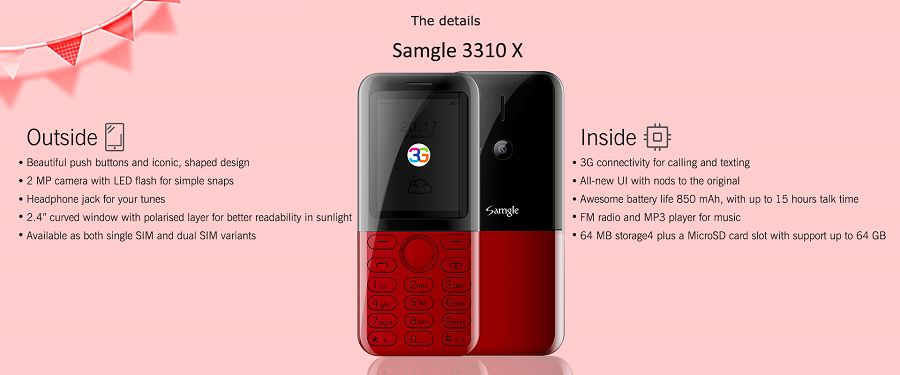

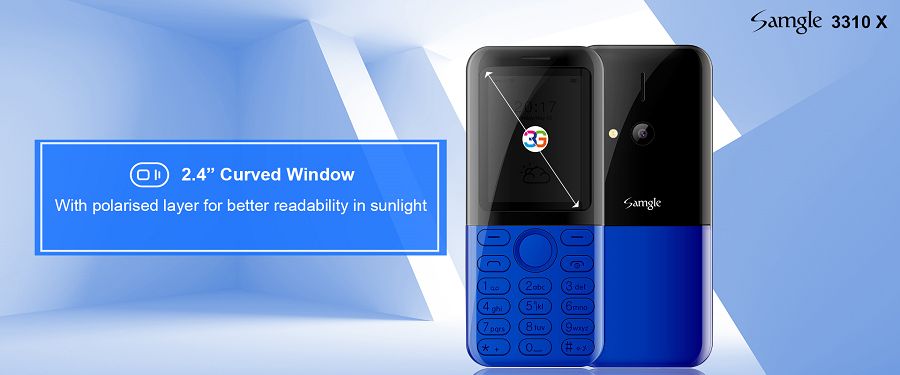
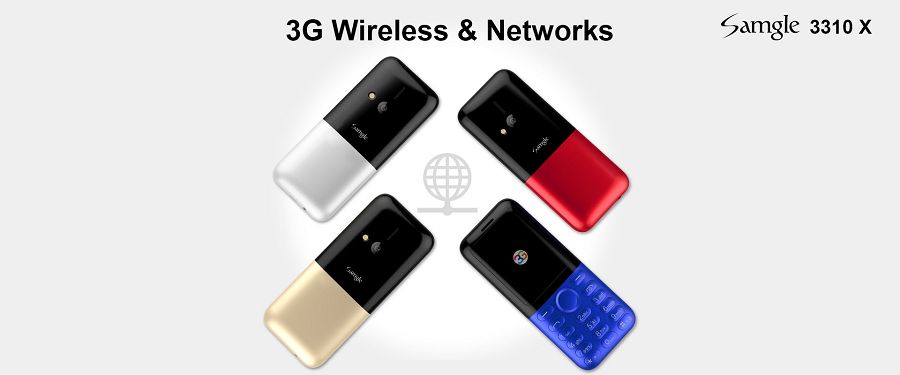

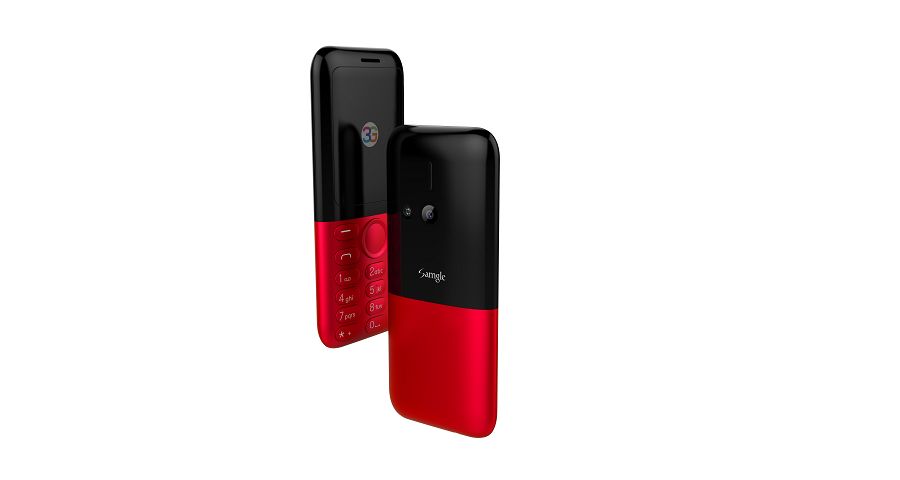
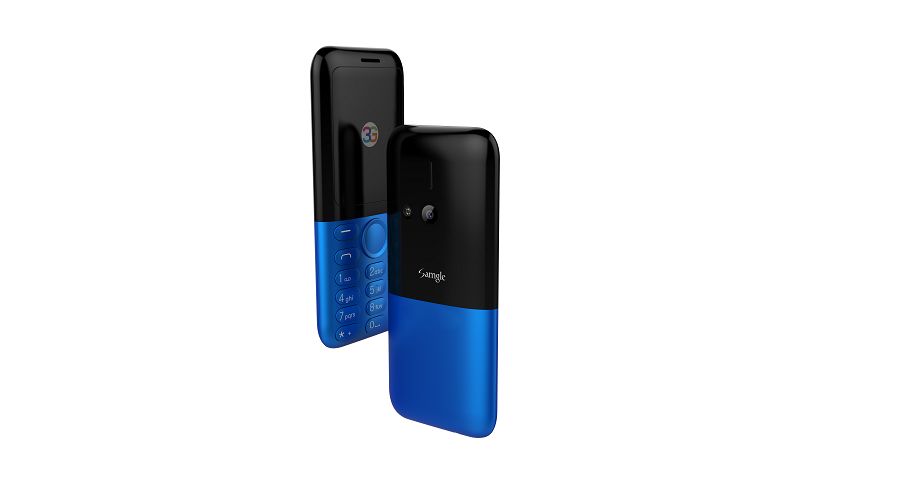
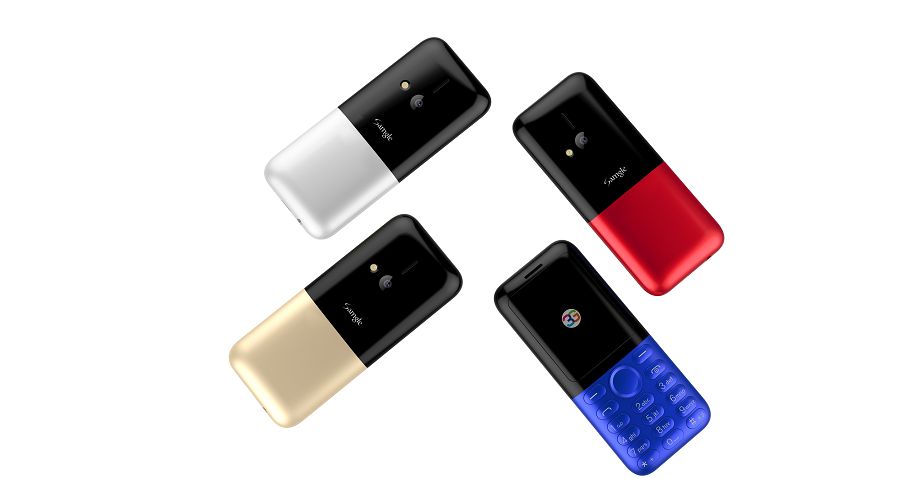
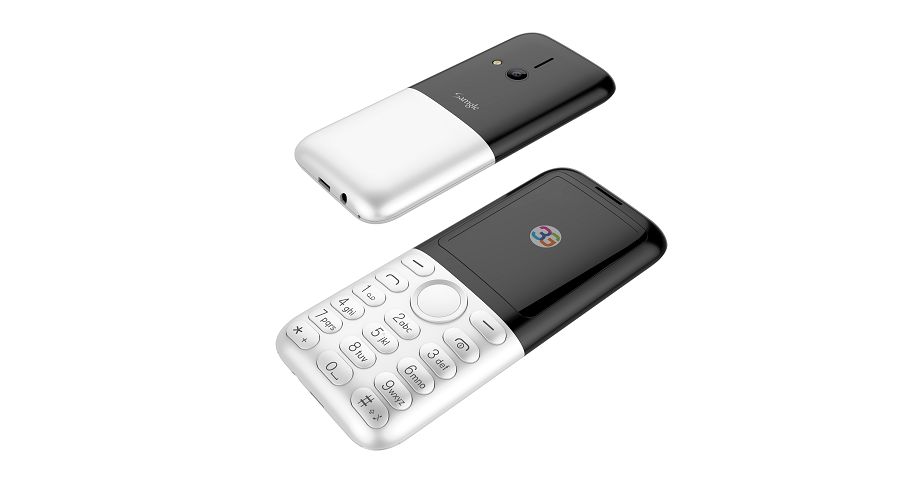
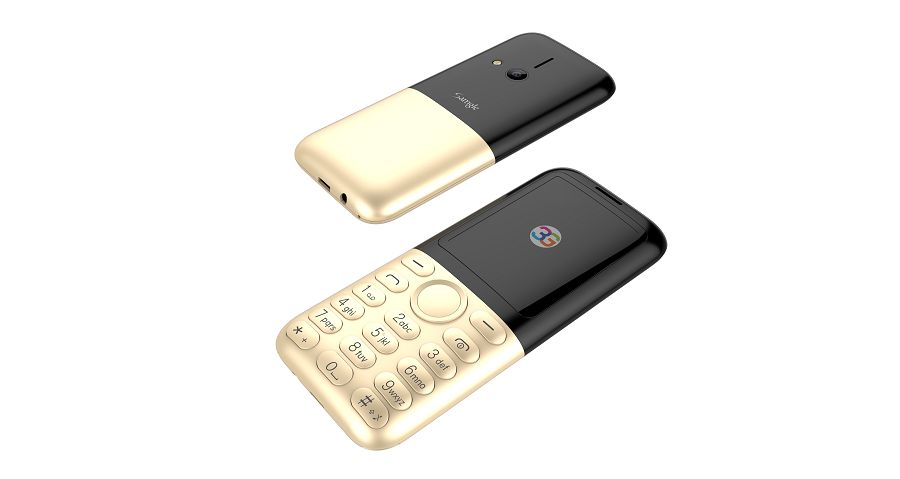
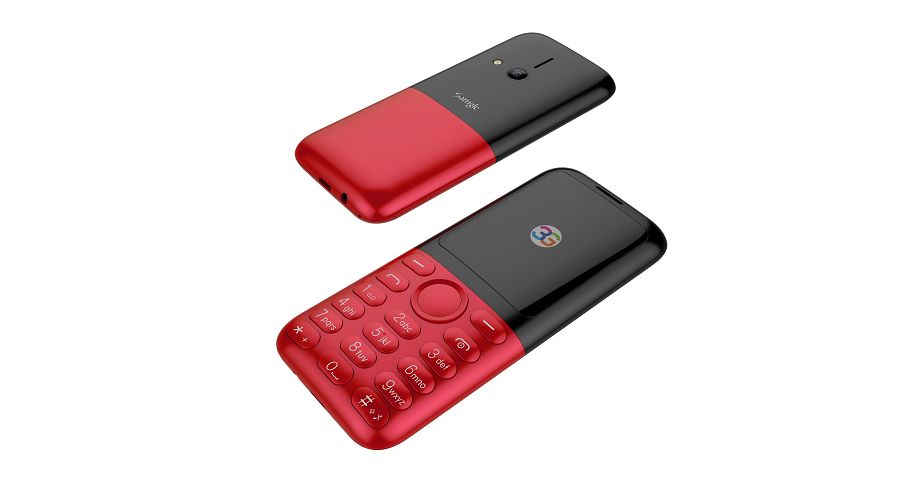
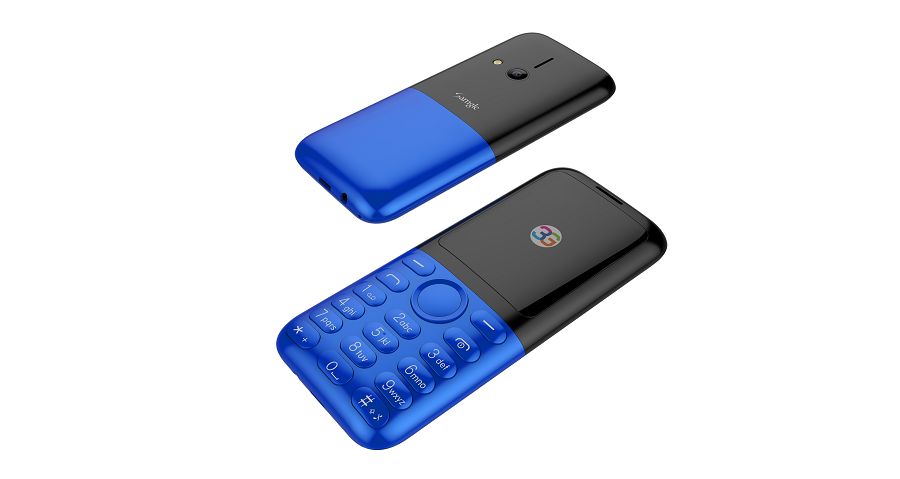
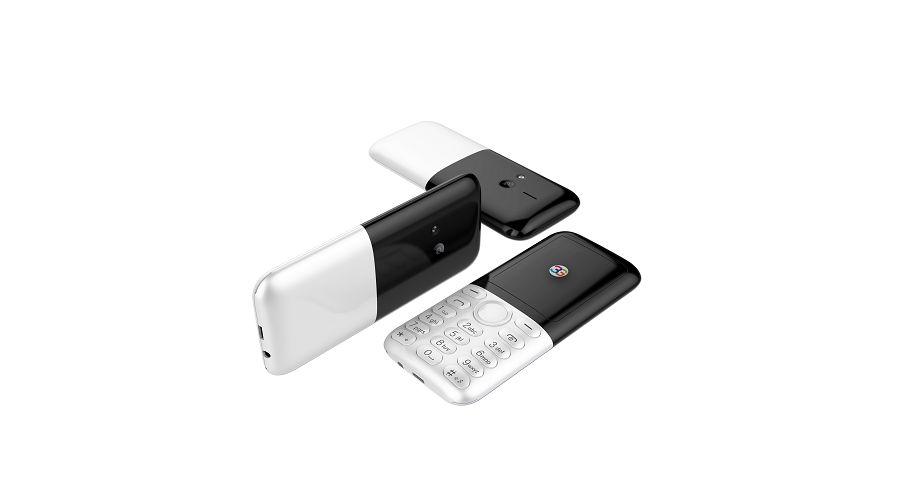
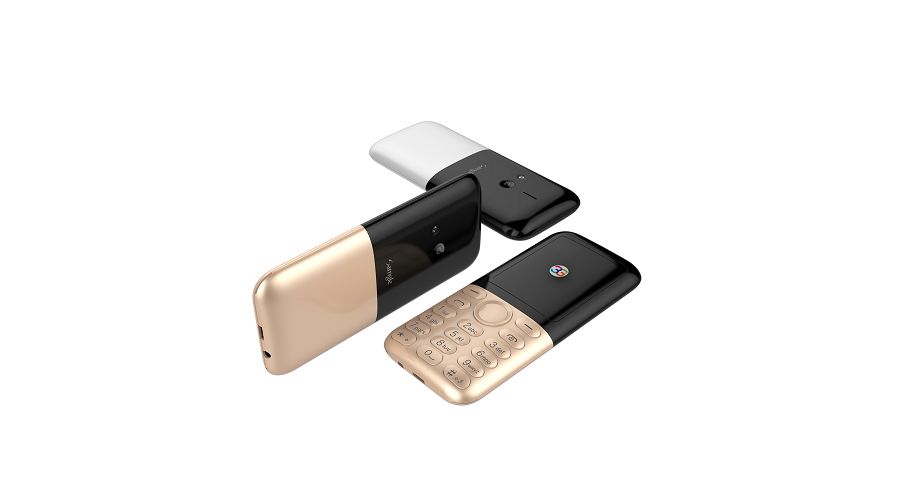
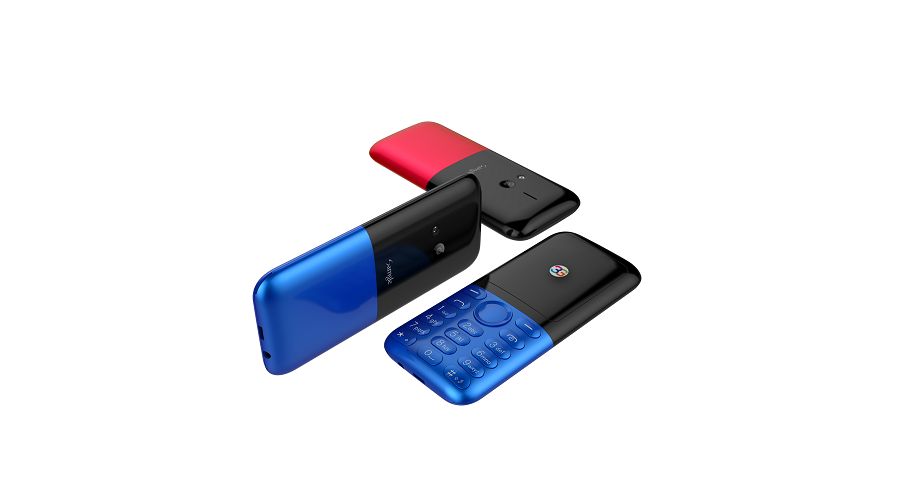

Q: Hi is this cell phone 2 sim cards and both are thet 4g 0r 3g
A: Dual SIM, SIM1 is 3G, SIM2 is 2G
3G:WCDMA 900/2100
2G:GSM 850/900/1800/1900
Q: does this phone work with frequencies available in uk
A: 1) Please kindly confirm the network.
Network:
GSM 850/900/1800/1900MHz,
3G: WCDMA 900/2100MHz
2) Unlocked for Worldwide use. Please ensure local area network is compatible. click here http://maps.mobileworldlive.com/ for Network Frequency of your country. Please check with your carrier/provider before purchasing this item.
If these terms are appropriate, then you can use it.
Q: what network will this work with in the USA and what will i need to make it work.
A: Please check with your local communication company if they suport this network frequency:
GSM networks: GSM 850 /900 /1800 / 1900MHz
WCDMA:900/2100,
Q: Will it work with AT&T 3G SIM in USA
A: Please check with your local communication company if they suport this network frequency:
Dual SIM, SIM1 is 3G, SIM2 is 2G
3G:WCDMA 900/2100
2G:GSM 850/900/1800/1900
Q: Does this phone work in Portugal and is it available in Portuguese?
A: Please check with your local communication company if they suport this network frequency:
GSM: 850/900/1800/1900MHz
WCDMA:900/2100,
Yes, it has Portuguese language
Q: does this phone have a function to see missed calls?
A: Yes, this phone can meet your needs.
Q: Does it have a micro sim or nano sim card slot?
A: SIM Card Quantity: Dual SIM Card
Q: Does this product have bluetooth support?
A: yes
What are Radio Waves?
Radio waves are an invisible form of electromagnetic radiation (EMR) that varies in wavelength from around 0.04 inches (one millimeter) to over 62, 000 miles (100, 000 km), making it one of the widest ranges in the electromagnetic spectrum. "Radio" is a catch-all term describing all forms of EMR with a wavelength longer than 0.04 inches (one millimeter) and a frequency below 300 GHz. It is generated by the movement of electric charge, which can result from an electric current or from the random motion of atoms and molecules. This form of EMR is crucial to human communications, and is used for television, radio and mobile phones, as well as in radar and astronomy.
How Radio Waves are Produced
All electromagnetic radiation can be regarded as waves that undulate through an electromagnetic field, like ripples in a pond. They are produced when an electrically charged particle, usually an electron, changes its speed or direction of motion. This can happen in a number of ways, such as heating of atoms and molecules, and changes in the energy levels of electrons; the waves generated by radio transmitters result from the flow of electric current. The frequency and wavelength depend on the amount of energy involved, with higher frequencies and shorter wavelengths indicating higher energies. If the energy change is relatively small, radio waves may be produced.
Uses
The best-known use of radio waves is to send images, audio, and text in the form of signals — radio's long wavelength allows it to circumvent obstacles and travel long distances, unlike visible light and other higher frequency radiation. Radio waves with a wavelength of less than around 10 meters are absorbed by the atmosphere. Longer waves bounce back and forth between the ionosphere and the ground, making radio ideal for transmitting over the horizon. The lowest frequencies are used for communication with submarines, due to their low energy — for stealth — and high penetrating power. These lower frequencies can be considered to have more "bass, " meaning they penetrate further, especially through thick media such as water.
To send information by radio waves, it has to be coded in some way. There are two main methods, known as amplitude modulation (AM), and frequency modulation (FM). In AM, information is encoded by varying the amplitude, or height, of the waves, while the FM method involves using changes the frequency to carry data. The patterns of different amplitudes or frequencies are decoded where they are received to reproduce the original information, which may be images, sounds or text. In this way, complex information can be transmitted over long distances cheaply.
Radio astronomy is a vital tool for understanding the universe. Due to the existence of clouds of gas and dust in galaxies, there is a limit to the amount of information that can be obtained using visible light or higher frequencies of EMR. Radio waves, however, can pass through these obstacles, and much of what has been learned about the interiors of galaxies has come through the analysis of natural radio sources. Astronomers have also been able to detect the radiation from the big bang itself, which, due to the expansion of the universe, has been stretched out from its initial very high frequencies into the microwave range — this is known as the cosmic background radiation (CMB).
Health Effects
Concerns have been raised about the possible effects on health of exposure to radio waves, particularly those in the microwave range, used by mobile phones and radar. When radio frequency radiation is absorbed by tissue, it can cause heating. Normal exposure is not thought to cause any problems, but being in close proximity to a powerful radar transmitter can be potentially dangerous. The lens of the eye is particularly susceptible to damage by heating, and excessive exposure to microwave radiation could potentially lead to cataracts. There is also concern about the long-term effects of frequent mobile phone use, but as of 2013, clinical studies have been inconclusive.
History
Radio waves were first predicted in 1865 by James Clerk Maxwell, who came up with the equations for electromagnetism, later known as Maxwell's equations. While working on the relationship between electromagnetism and light, he realized that other forms of electromagnetic radiation, with wavelengths above and below the visible range, were possible. The existence of the lower wavelength radiation was demonstrated experimentally 22 years later, in 1887, when Heinrich Hertz generated radio waves in his lab. Within a few decades, they were widely used for transmitting information. Guglielmo Marconi and Nikola Tesla are both credited with being early pioneers in the area of radio, but Marconi patented the first wireless telegraphy system in 1896.
What are Unlocked GSM Smartphones?
Unlocked GSM smartphones are personal electronic devices. They are designed for use on the most common type of cellular phone network, those that use the Global System for Mobile Communications. The term ‘unlocked’ means the phone is not restricted to the network of a particular cellular provider, but can be configured to work on any network that employs the GSM standard. As smartphones, they are able to act as telephones, but have additional functionality because of their ability to serve as mobile internet access points.
There are several different network standards for cellular communication. Most of the world uses the GSM standard. The United States is the most notable exception to this rule. Some cellular providers in the United States do employ this technology, but it is only one of several network standards in use.
All GSM devices, including unlocked GSM smartphones accept a subscriber identity module card, or SIM card. This small memory card stores information for a phone’s user, and allows that information, and any linked account, to be easily transferred between devices. Often, cell phone service providers will place a hardware or software locking feature in their devices, so that those devices can function on only their network.
Mobile devices may be purchased, generally for a greater fee, without such restrictions. Unlocked GSM smartphones either never had such a lock, or have had it disabled. As a result, they can be freely transferred between networks, will accept any SIM card, and will function normally so long as that SIM card is associated with an active and valid account. Unlocked GSM smartphones are, as a result of this feature, very portable, and allow their users to change carriers easily, without needing to replace their handsets.
Like all smartphones, unlocked GSM smartphones have additional capabilities beyond those available on ordinary handsets. Modern smartphones combine the normal functions of mobile telephones with the features of PDAs. Smartphones also use cellular networks, and often wifi hotspots, to access the Internet.
The functionality of smartphones can also be greatly expanded through the installation of applications, or apps. These small programs take advantage of the internet connectivity, the user's position, and other information provided by the cellular network to offer additional utility to users. Although unlocked GSM smartphones are portable between networks, some apps are proprietary, and not fully portable between different service providers.
What Is a Feature Phone?
Many times, people become confused about the differences between a cell phone, a feature phone, and a smart phone. When trying to decipher between the three, it helps to remember that both feature phones and smart phones are cell phones, but a feature phone is any cell phone that is not a smart phone. Smart phones typically have many more capabilities than feature phones and operate off of third-party software programs. Feature phones, on the other hand, usually do not operate from software programs, yet they still come with many capabilities and benefits. Often having the capability to integrate with other types of technologies, feature phones can be used to help the average person to organize his or her life or business, and can also be used as a way to fight crime.
All feature phones have the capability to make and receive phone calls. Most have the ability to send and receive text messages as well. Consumers can also purchase feature phones that have web=-browsing capabilities.
Some feature phones do support third-party software programs, but most do not. Many corporate companies prefer for their employees to steer clear of feature phones because most do not have corporate synching capabilities. Even though a feature phone usually does not have extravagant synching capabilities, in 2010, there were more feature phone users than smart phone users due to the more affordable prices. In addition to affordable prices, many people prefer a feature phone because it tends to be easier to use than a smart phone and doesn't require any extra data plans from the cell phone service provider.
One of the most beloved benefits of using feature phones are they allow the user to easily integrate with other technologies. Feature phone users are able to check their email, downloadmusic, pictures and movies, as well as browse the Internet and more all from the convenience of their phone. While most do not have incredibly fast download speeds like smart phones, feature phones can still accomplish many of the same tasks.
There are many different options available on feature phones that can be utilized by business owners to help run their business in more efficient manners. The calendar feature allows for by the hour scheduling as well as broader range planning and reminders of events. In addition, client information can also be easily stored on the phone, including names, addresses, and a variety of phone numbers and email addresses.
Feature phones are also used as a way to fight crime. Any time a person uses a feature phone, the user is traceable because the phone includes a Global Tracking System. This tracking system helps law enforcement officials to easily locate individuals. There has also been many times that feature phone records have been used in the court of law to prosecute criminal offenders.
What is on Hold Messaging?
Just about anyone who has contacted a company for information or assistance with a purchase has experienced on hold messaging. Here are the basics, including how to select a vendor for the service.
The concept behind on hold messaging is to use what was once unproductive time to address two issues. First, there is the matter of a customer’s perception of the passage of time when waiting to be connected to someone that can help with his or her query. Where once hold music was considered enough, many people quickly become impatient with an endless stream of elevator style music. For the person holding for assistance, the time often drags by, seeming to be twice as long as it really is. Breaking up the hold music with tidbits of information about the company, upcoming events, or ads for various products or services provided by the company often helps to break the monotony and keep the caller from getting as impatient during the hold process.
The second issue that on-hold messaging seeks to address is effectively marketing the company’s goods and services. In the event that the organization is a non-profit, on hold messaging also works as a way to get information about upcoming events or volunteer opportunities out to people who already have an interest in the organization. Utilizing hold time costs very little and can yield some big results, either in sales or increased support from the wider community.
Of course, the use of messages as part of the hold process needs to be accomplished with a high level of professionalism. In order to make sure the on hold messaging is setting the right tone with callers, many organizations will turn to a vendor for assistance. Companies that specialize in messaging services often have excellent writers on staff who can come up with scripts for on hold messaging that will get the point across with clarity and speed. Voice talent is another message component that a professional service can provide. While using the voices of employees may seem like a nice touch, utilizing professionally trained announcers will yield a more polished delivery and give the message a little more punch.
On hold messaging has proven to be a great way to sell additional goods and services to existing clientele. Likewise, the information helps to alert callers that are thinking of getting involved with a charitable organization some quick information about what type of volunteer assistance is needed currently. Using this formerly dead hold time for constructive information sharing will no doubt continue to grow as more organizations of all types learn just how valuable this feature can be.
- Mobile Bridge 1 Pieces / (Min. Order)
- Mobile Crane 1 Pieces / (Min. Order)
- Mobile Bridge 1 Pieces / (Min. Order)
- Mobile Bridge C 1 Pieces / (Min. Order)
- Mobile Bridge 1 Pieces / (Min. Order)
- Mobile Lifts 1 Pieces / (Min. Order)
- Magic Box Mobile Powerbank 1 Pieces / (Min. Order)
- 12000 Giant Mobile Power 1 Pieces / (Min. Order)
- Cel Phones 1 Pieces / (Min. Order)
- HSP Mobile NET Device 1 Pieces / (Min. Order)
- Mobile Speaker 1 Pieces / (Min. Order)
- Mobile Cleaner 1 Pieces / (Min. Order)
- Mobile Toolbox 1 Pieces / (Min. Order)
- Mobile Cranes 1 Pieces / (Min. Order)
- Mobile Billboard 1 Pieces / (Min. Order)
- Mobile Lift 1 Pieces / (Min. Order)
- 2K Mobile Toilet 1 Pieces / (Min. Order)
- 4K Mobile Toilet 1 Pieces / (Min. Order)
- Microfiber Pinic Towel 1 Pieces / (Min. Order)
- Gesture Phones S3 1 Pieces / (Min. Order)
 Menu
Menu











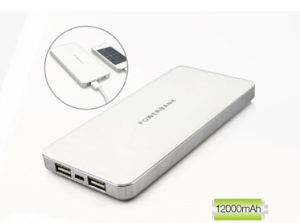
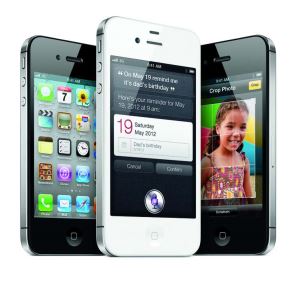

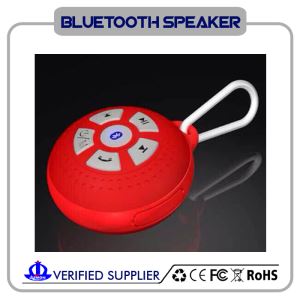








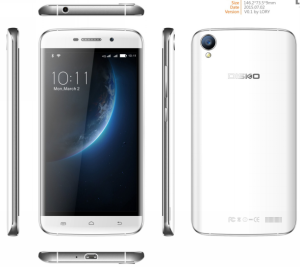
 Favorites
Favorites
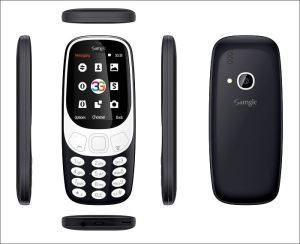
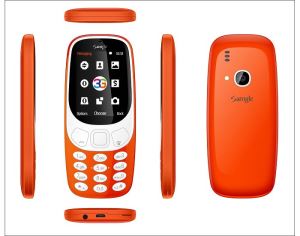

 Frequent updates ensuring high quality data
Frequent updates ensuring high quality data
 Over 5000 customers trust us to help grow their business!
Over 5000 customers trust us to help grow their business!

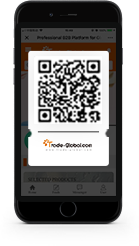
 Menu
Menu